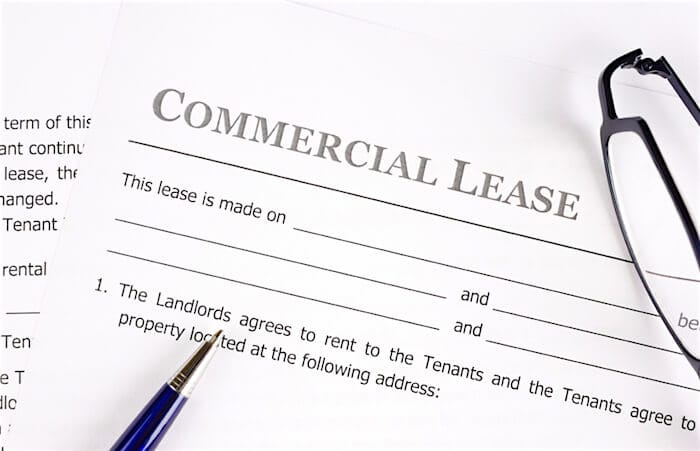
With the exciting news that Invercargill’s inner city redevelopment is going ahead, it’s likely we will see an increase in commercial leasing activity in the city.
If you are considering leasing your commercial property or looking to lease one as a tenant, then understanding the difference between some of the documents you’re likely to come across is important.
A Heads of Lease (sometimes also referred to as a Heads of Agreement) is an informal document setting out the key terms of the lease that have been agreed between the parties before the necessary legal documentation is completed. An agent may sometimes assist in preparing a Heads of Lease, which can then be used by your lawyer to prepare the formal lease. Generally speaking, neither party is bound until all parties have signed the formal lease documents, however it is best to be explicit about this in the Heads of Lease.
An Agreement to Lease is often used when the premises which are to be leased have not been constructed. In this case, the landlord is agreeing to grant, and the tenant agreeing to take, a lease, once the premises are completed. An Agreement to Lease will usually deal with matters such as approval of the tenant’s plans for the fit out of the premises, access to the premises for the purposes of completing the fit out and the time within which the Landlord is required to have the premises completed. An Agreement to Lease will also include a term requiring the parties to sign a formal Deed of Lease, usually once the premises are completed and any conditions have been fulfilled. Such a term will typically also provide that the terms of the Deed of Lease will be binding as if it had been signed, even if the parties don’t end up signing it. Therefore, the parties should seek legal advice prior to entering into an Agreement to Lease.
A Deed of Lease is the formal legal agreement between the landlord and tenant. As a lease creates an interest in land, it must, with few exceptions, be in writing and comply with certain formalities. A form often used by lawyers to record a lease is the Auckland District Law Society Deed of Lease. While the ADLS Deed of Lease is relatively even-handed as between landlords and tenants, the form should be amended as necessary to meet the needs of the parties and to suit their specific arrangement – one size never fits all.
A Deed of Assignment of Lease is used when a tenant wishes to assign its interest in an existing lease to another party, for example, a purchaser of its business. Generally the landlord’s consent to the assignment will be required. Upon assignment, the incoming tenant will become liable to perform the existing tenant’s obligations under the lease. However, it’s important to be aware that the existing tenant, and any guarantors, will generally remain liable under the lease until the expiry of the term. This means that if the purchaser of your business fails to pay the rent under the lease, your previous Landlord can still seek to recover it from you.
As you can see, entering into a lease can be a significant long term financial commitment for both parties. Therefore, it’s best to consult your lawyer to ensure you have the most appropriate documentation in place. They will be able to discuss with you the risks involved in the proposed lease and be able to negotiate any key changes that are required for your circumstances – Rachel Lindsay.
For more information contact AWS Legal at awslegal.com

